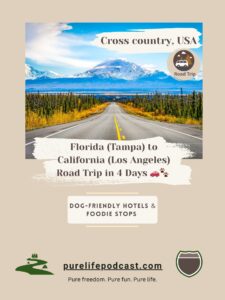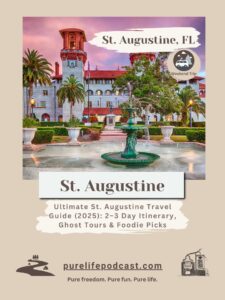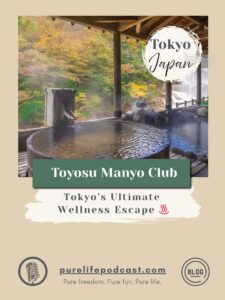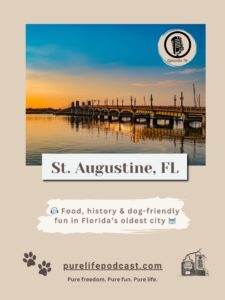
Blog
🚗🐾 Fastest Tampa to Los Angeles Road Trip in 4 Days: Dog-Friendly & Foodie Stops Along the Way
Read More »
September 22, 2025
1 Comment

Blog
Perfect Weekend Itinerary in St. Augustine, Florida: America’s Oldest City with Fresh Adventures
Read More »
August 28, 2025
4 Comments







